-
×
 EXPAND Click
1 × R260.00
EXPAND Click
1 × R260.00 -
×
 Alcohol 3 Click
1 × R710.00
Alcohol 3 Click
1 × R710.00 -
×
 RTC Click
1 × R390.00
RTC Click
1 × R390.00 -
×
 DIGI POT Click
1 × R370.00
DIGI POT Click
1 × R370.00 -
×
 BEE Click
1 × R800.00
BEE Click
1 × R800.00 -
×
 Alcohol Click
1 × R335.00
Alcohol Click
1 × R335.00 -
×
 RS485 Click 5V
1 × R235.00
RS485 Click 5V
1 × R235.00
Subtotal: R3,100.00

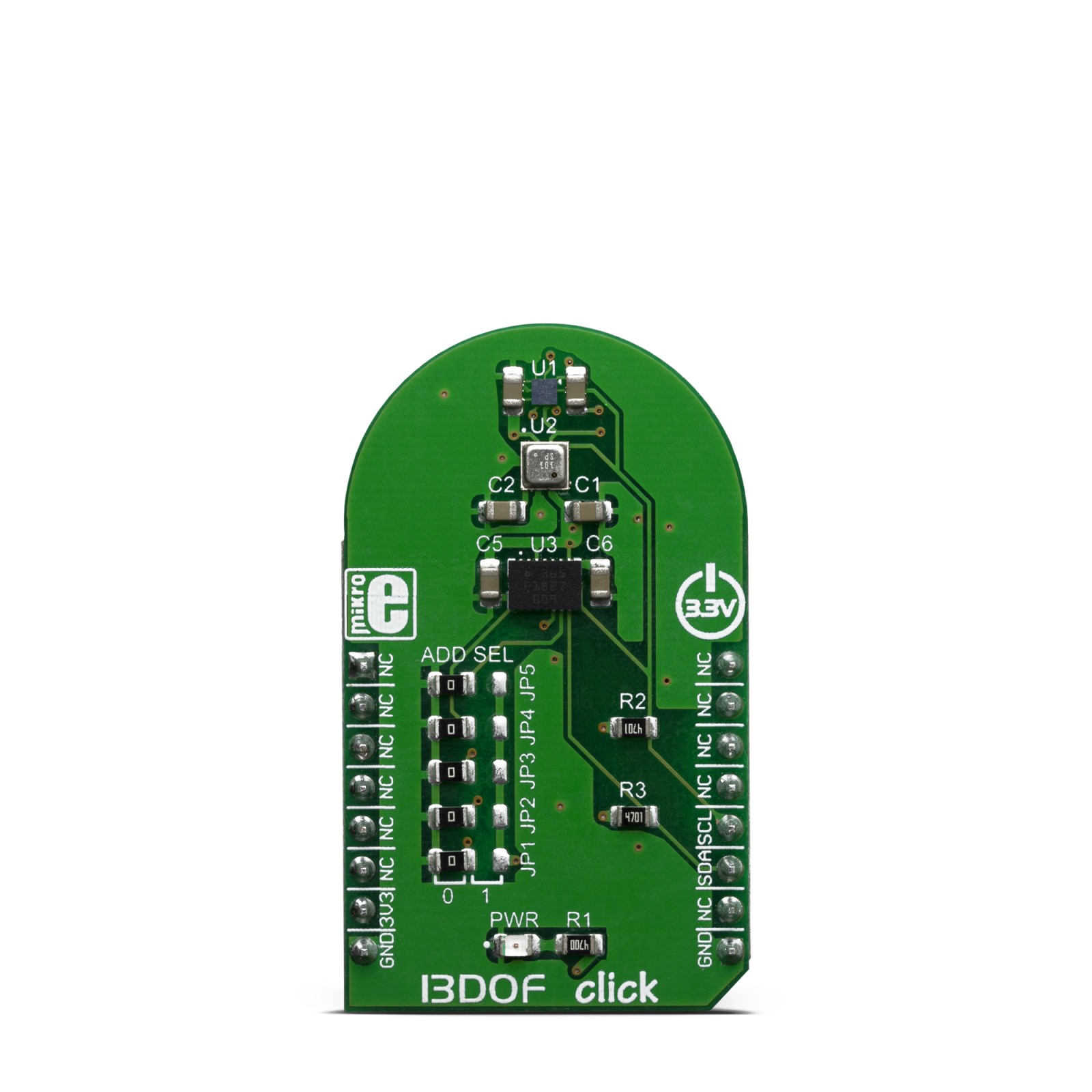
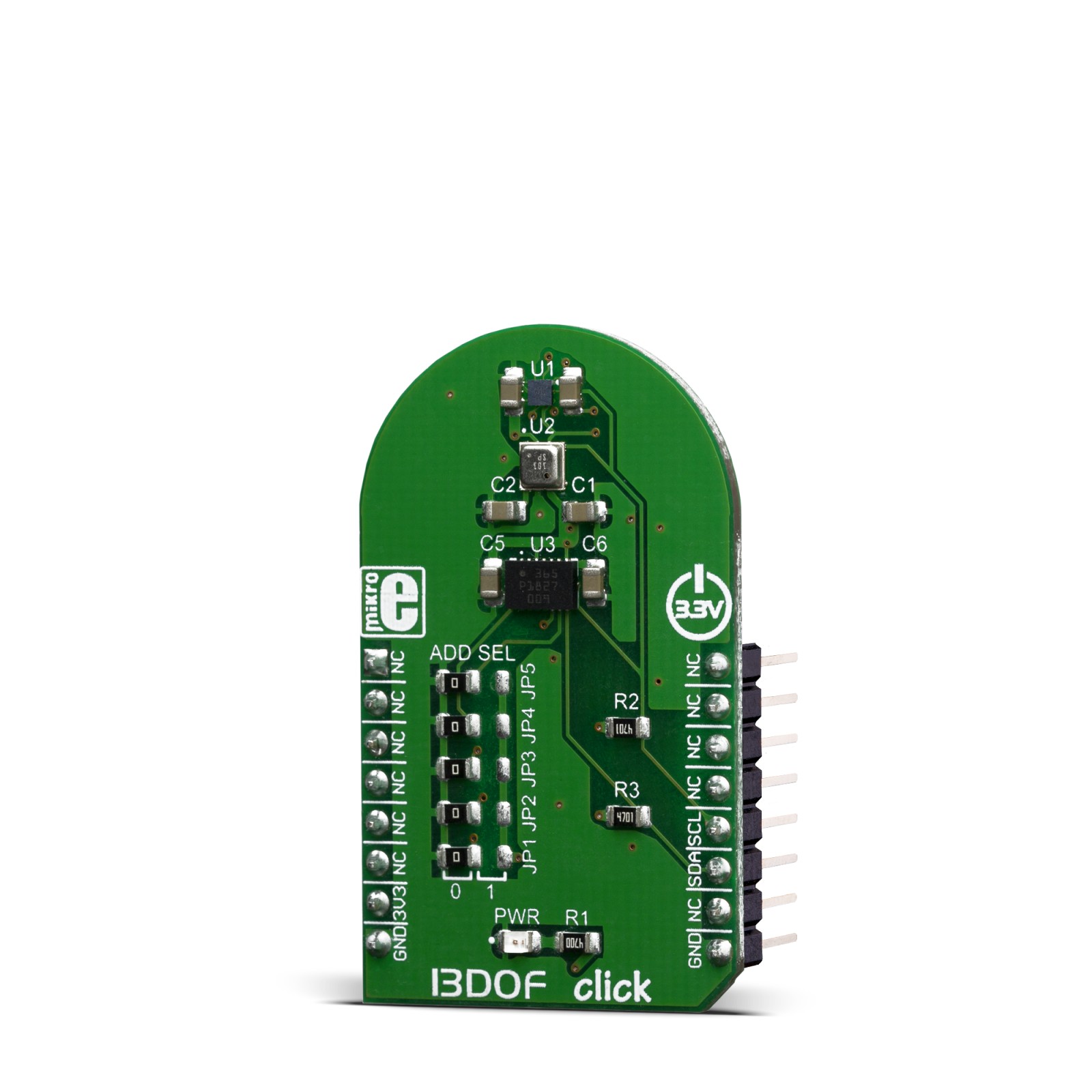
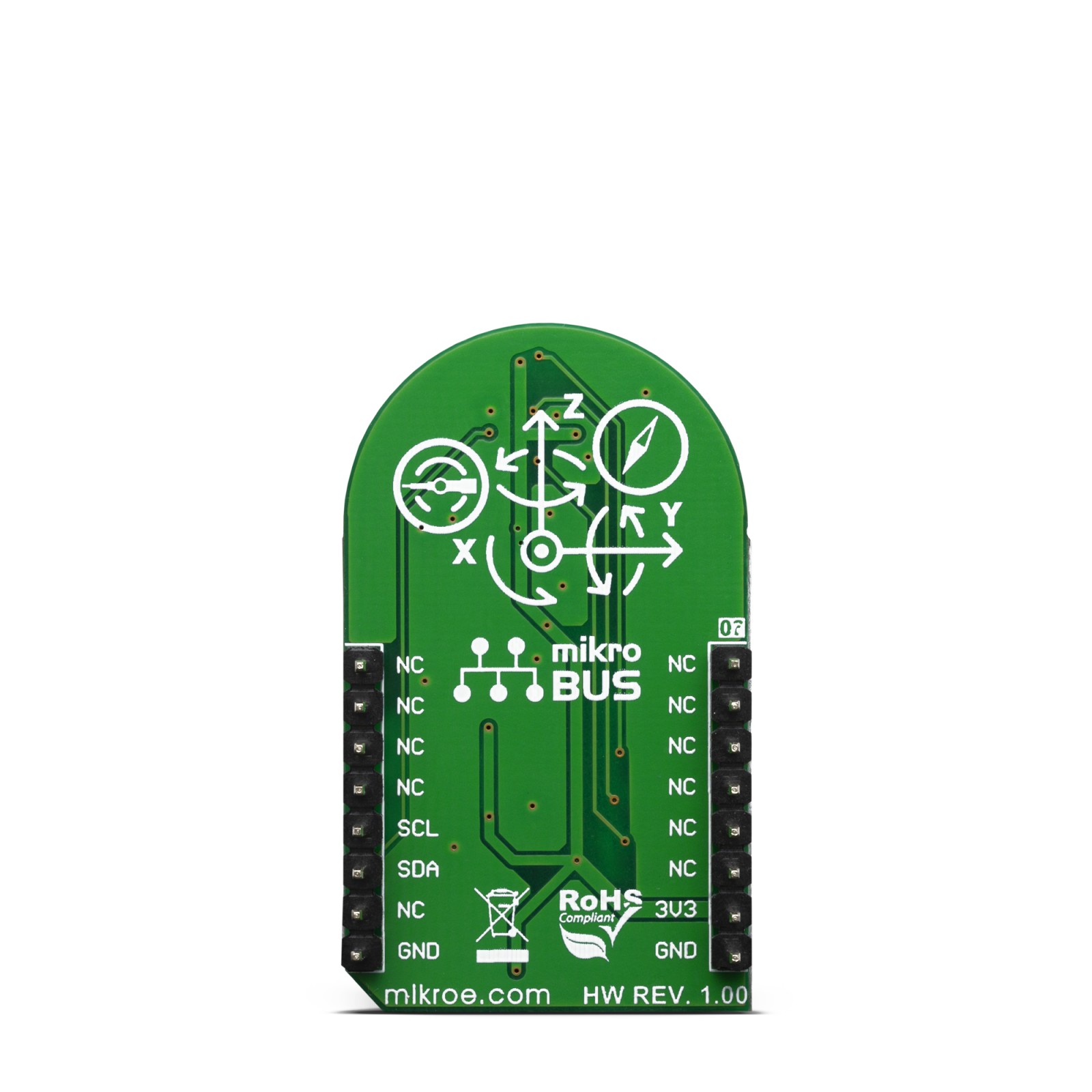
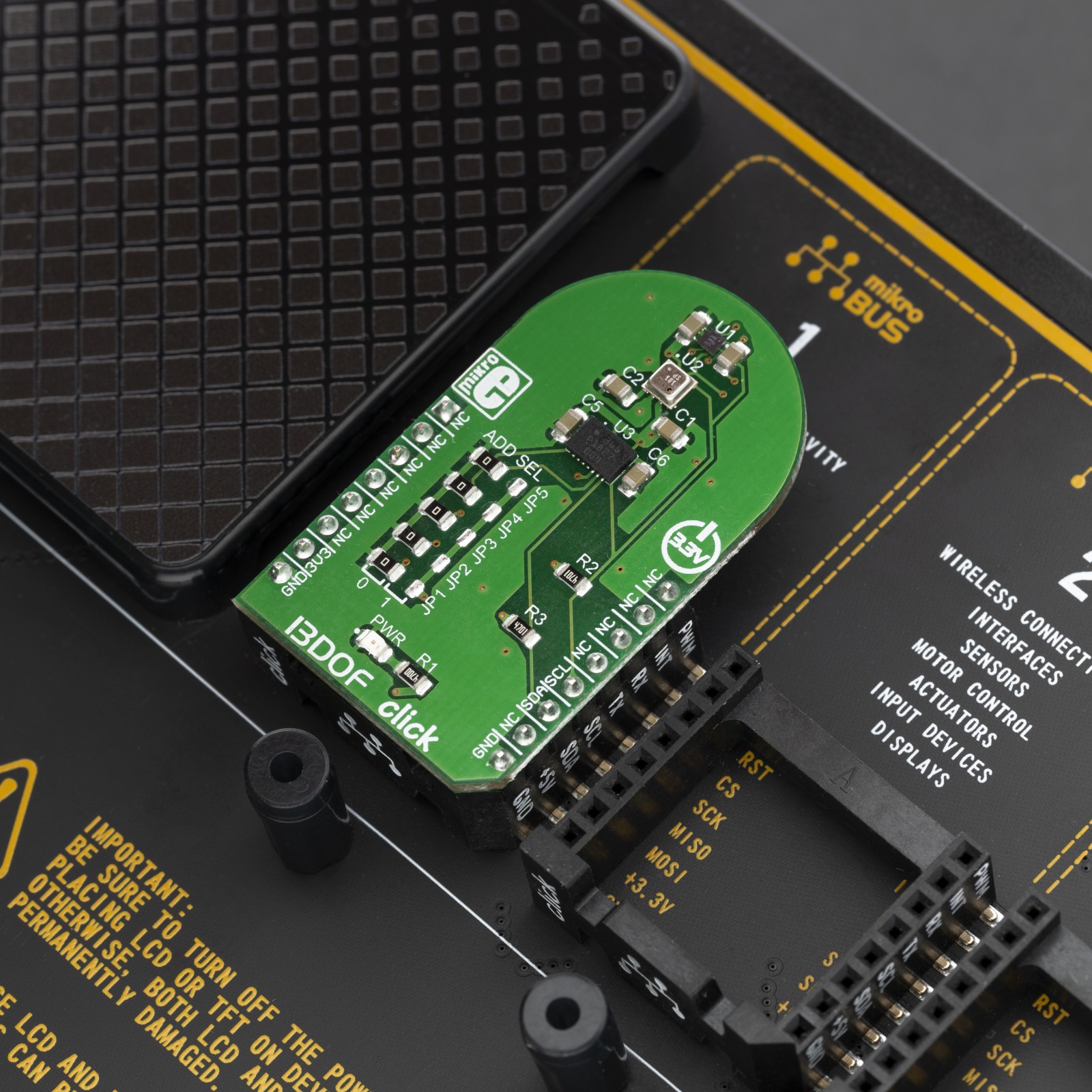
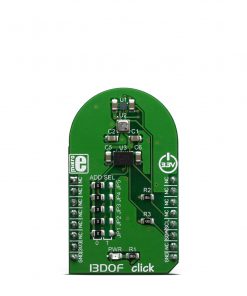
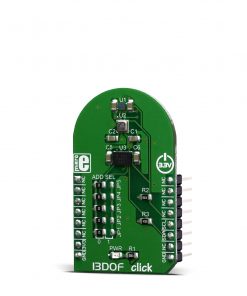
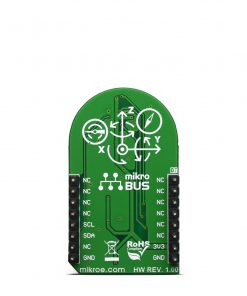
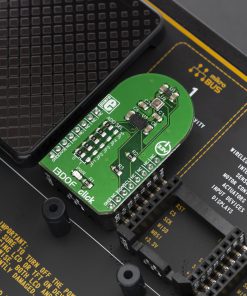
.jpg)





